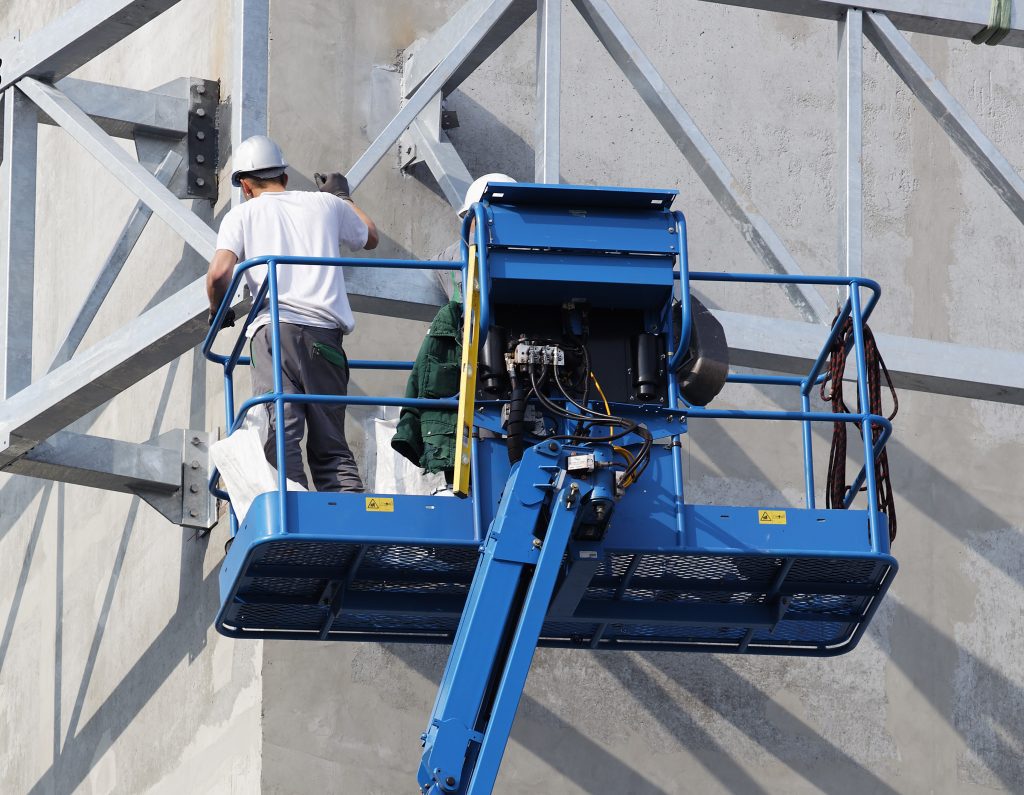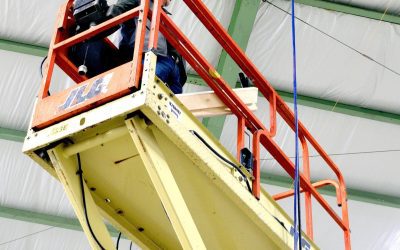Aerial Lift Rental Safety Training vs. OSHA Certification: What Rental Customers Must Know

Why Rental Customers Need More Than General Aerial Lift Training
Every day, aerial lift rental companies send out equipment to construction sites, warehouses, and maintenance crews. But here’s the critical point: OSHA requires operators to be trained and certified before using that lift.
General training might give a customer basic awareness of controls and hazards, but only OSHA-compliant certification protects both the operator and the rental company from liability. If an accident happens and the operator was not certified, OSHA fines and lawsuits can come back on both the employer and potentially the rental provider.
What Does General Training Provide?
When a customer rents an aerial lift, they may assume their team just needs a “quick walkthrough.” General training usually covers:
-
- How to start and operate the lift
-
- Basic awareness of controls and functions
-
- Common workplace hazards like overhead beams or uneven ground
This kind of orientation is helpful, but it is not enough for OSHA compliance.
OSHA’s Certification Requirements for Aerial Lift Operators
Under 29 CFR 1926.453 (Construction) and 29 CFR 1910.67 (General Industry), employers must ensure every aerial lift operator is properly trained and certified. That certification includes:
- Formal Instruction – Training on OSHA regulations, fall protection, and safe operating practices.
- Hands-On Training – Operating the aerial lift under supervision, including maneuvering, positioning, and emergency procedures.
- Performance Evaluation – A qualified trainer must confirm the operator can safely use the lift.
Rental companies cannot legally certify operators for a specific worksite—that responsibility lies with the employer. However, rentals can (and should) point customers toward compliant training.
Why It Matters for Rental Customers and Companies
For customers: OSHA certification reduces the risk of accidents, fines, and costly project delays.
For rental companies: Clear communication about certification requirements protects against liability if an accident occurs after the lift leaves your yard.
General Aerial Lift Training vs. OSHA-Compliant Certification (For Rental Customers)
| Category | General Aerial Lift Training | OSHA-Compliant Certification |
|---|---|---|
| Purpose | Basic awareness of aerial lift controls and hazards | Legally required proof that operators can safely and competently use aerial lifts |
| Content | Quick orientation: lift startup, controls, and general hazard reminders | Formal instruction, supervised hands-on training, and a documented performance evaluation |
| Trainer Requirement | May be given by rental staff as a brief equipment overview | Must be taught and evaluated by a qualified instructor |
| Documentation | Often no records beyond rental paperwork | Employer must maintain detailed training and certification records for each operator |
| Performance Standards | No enforceable test or benchmarks | Mandatory evaluation of operator skill under OSHA 1910.67 / 1926.453 |
| Recertification | Not required | Required every 3 years, or sooner after accidents, unsafe use, or equipment/site changes |
| Compliance Value | Helps operators get familiar but not OSHA-compliant | Meets federal standards, reduces liability, and protects both employers and rental companies from fines |
Key Hazards Certification Helps Prevent
-
- Falls from height due to improper harness use
-
- Electrocutions from working too close to power lines
-
- Tip-overs from using the lift on unstable or sloped surfaces
-
- Crushing hazards from working near ceilings or overhead structures
OSHA-compliant certification trains operators to anticipate and prevent these incidents—something quick orientation training cannot achieve.
Online vs. On-Site Training for Rental Customers
Rental customers have options for certification:
-
- Online + On-Site (Blended Training): Customers complete classroom lessons online and then get hands-on training at their job site.
-
- On-Site Training: A qualified instructor trains and evaluates operators directly at the customer’s location.
Rental companies can support customers by offering training referrals or partnerships with training providers.
Bottom Line
For aerial lift rentals, general training isn’t enough. Rental companies and customers both benefit when operators are OSHA-certified: fewer accidents, less liability, and smoother jobsite operations.
Rental businesses that educate their customers on OSHA’s certification requirements position themselves as trusted partners—not just equipment providers.

